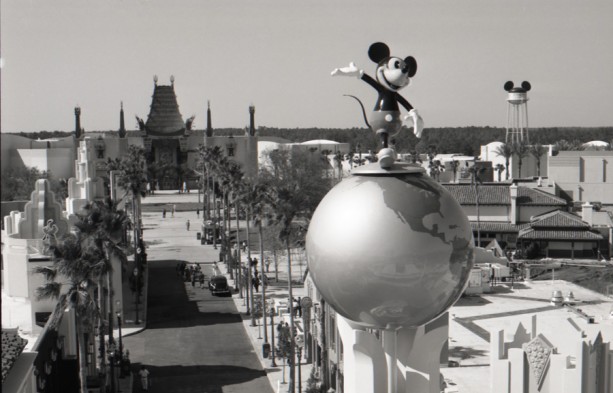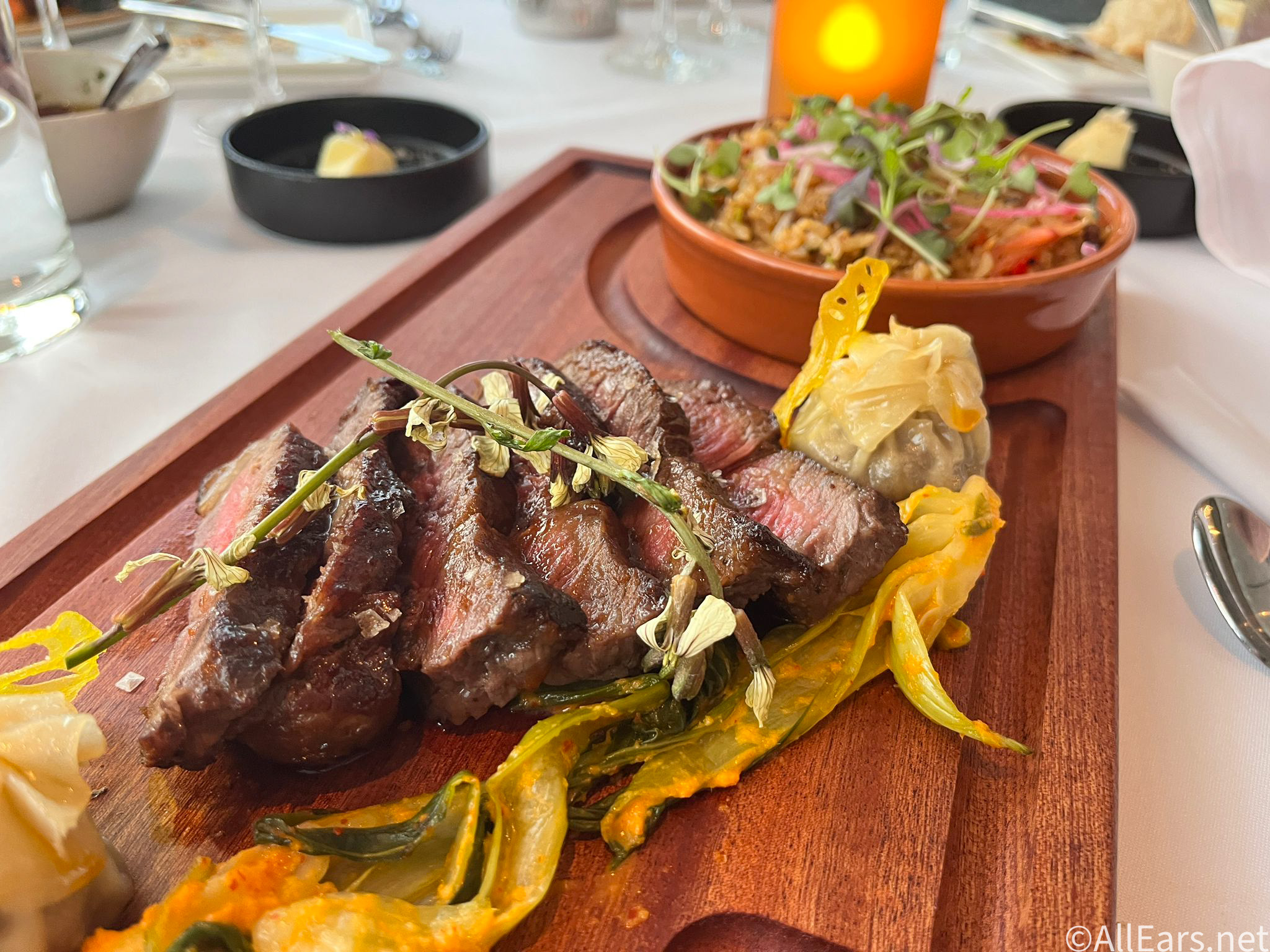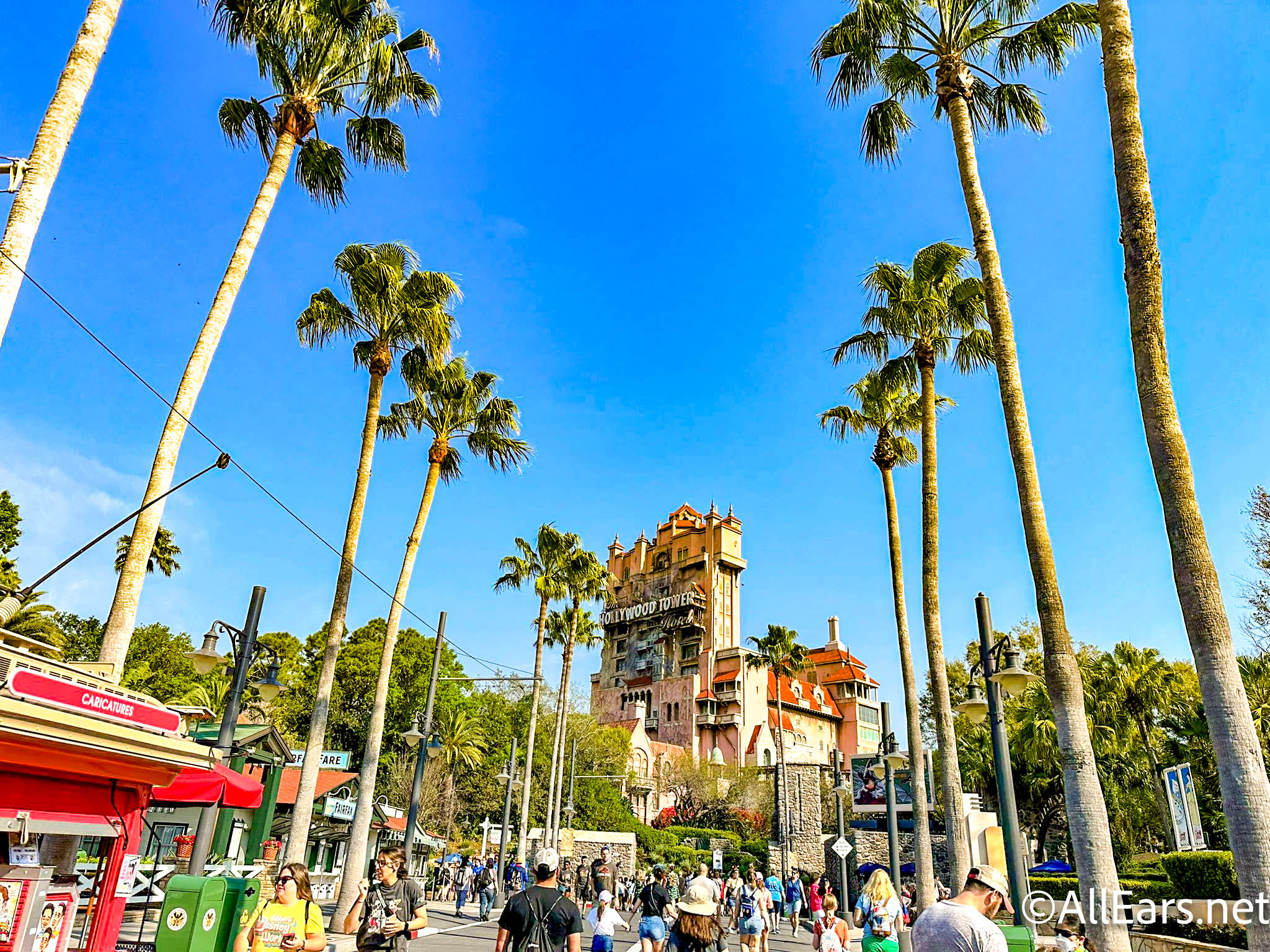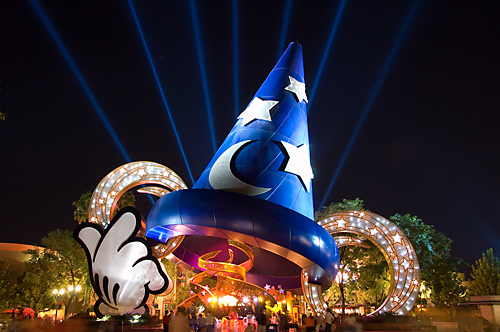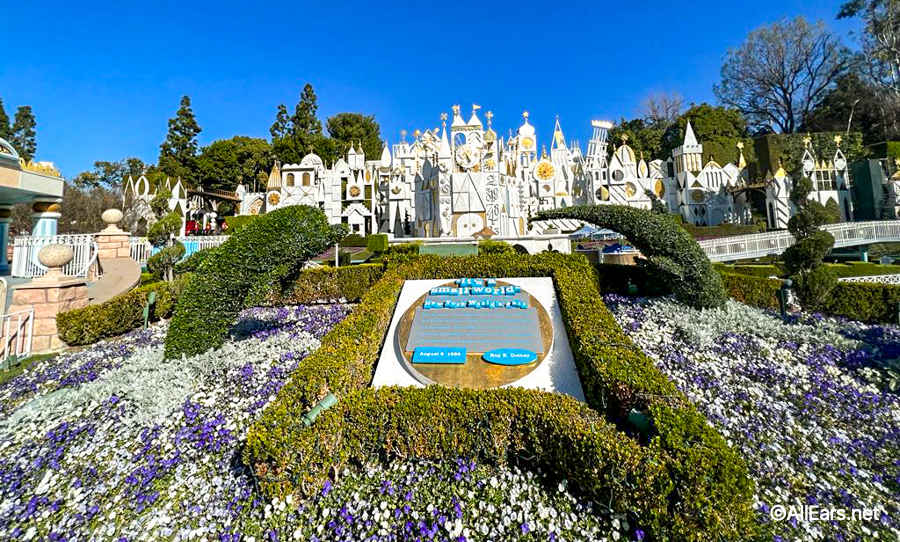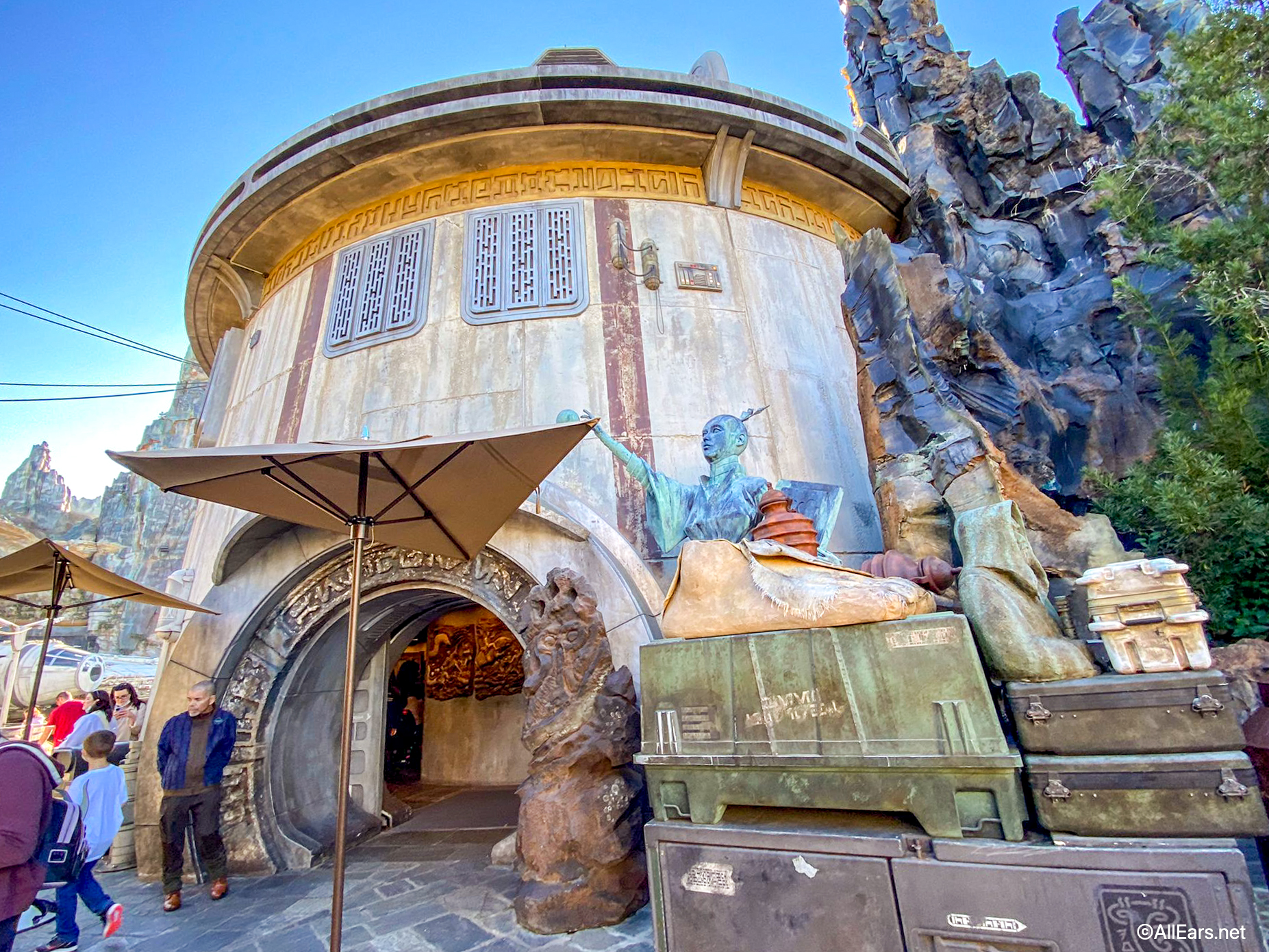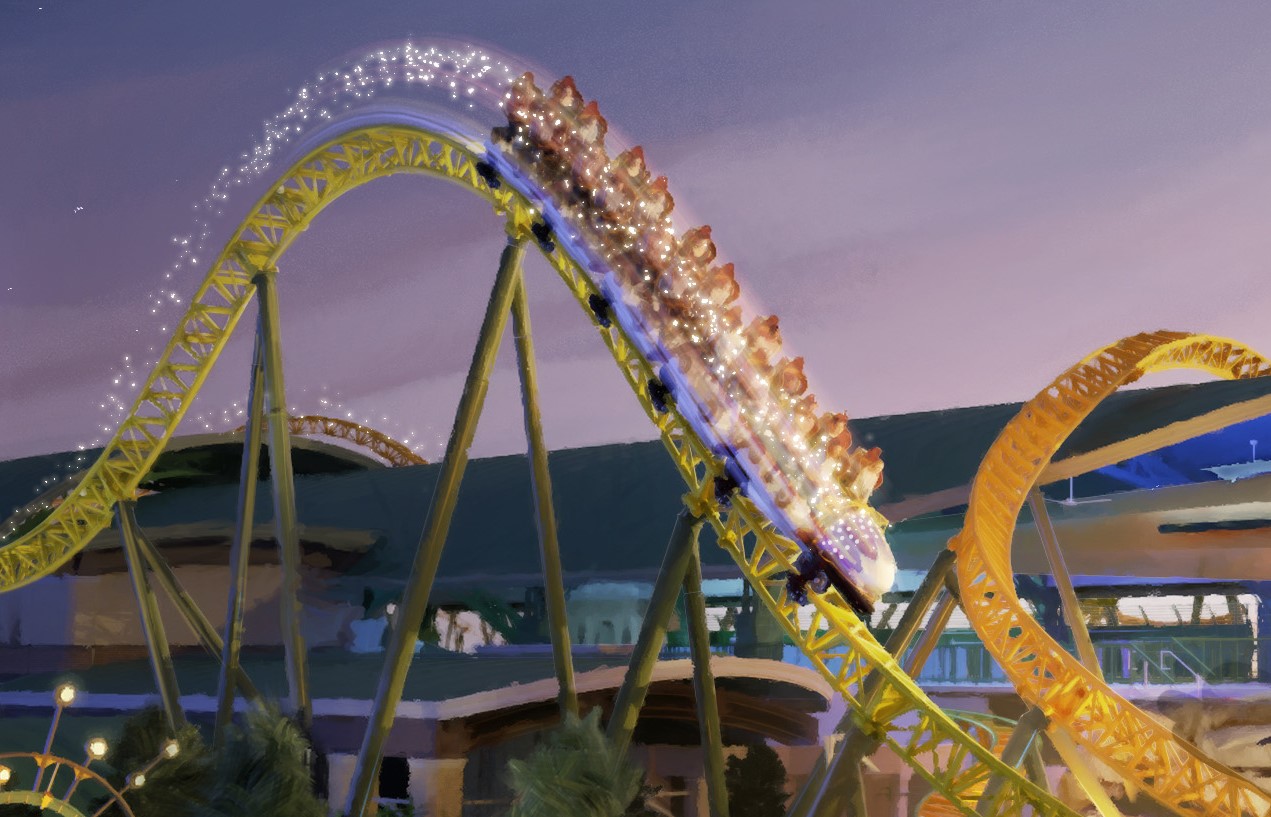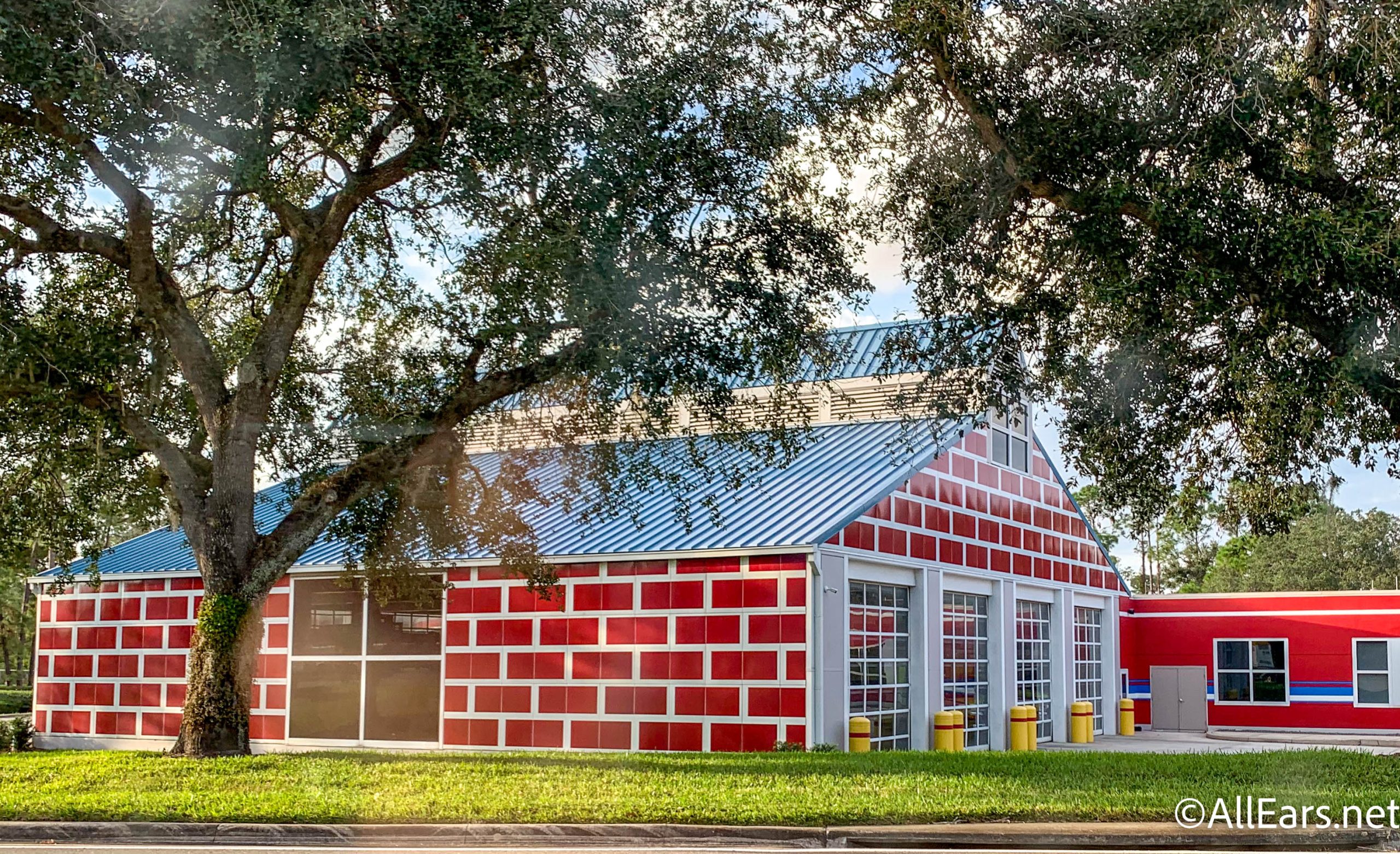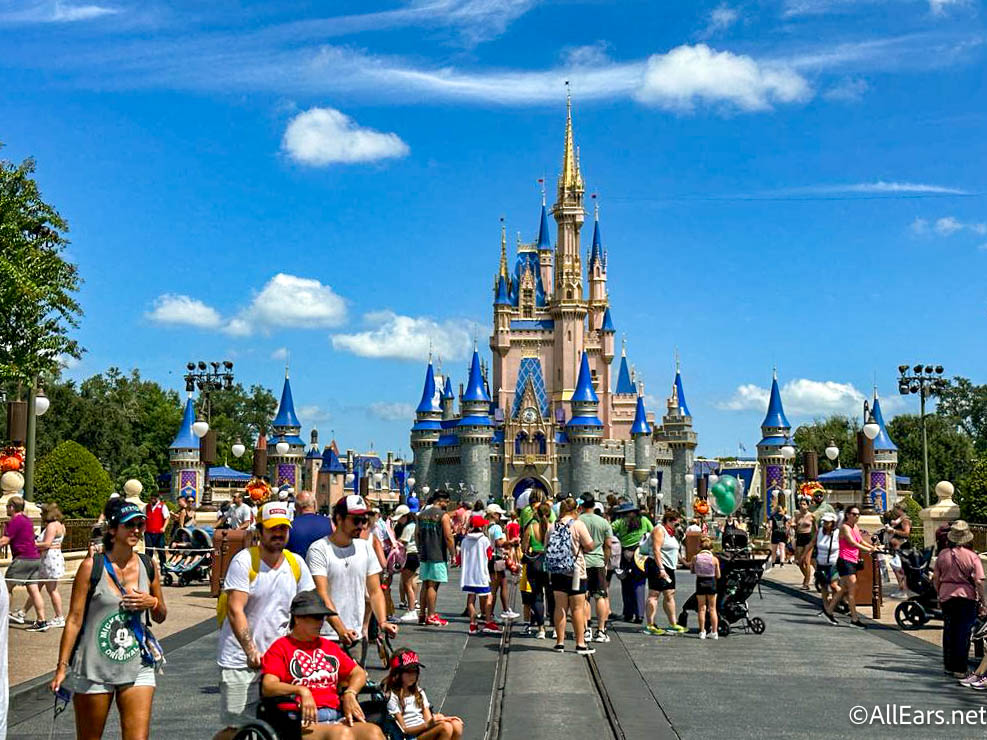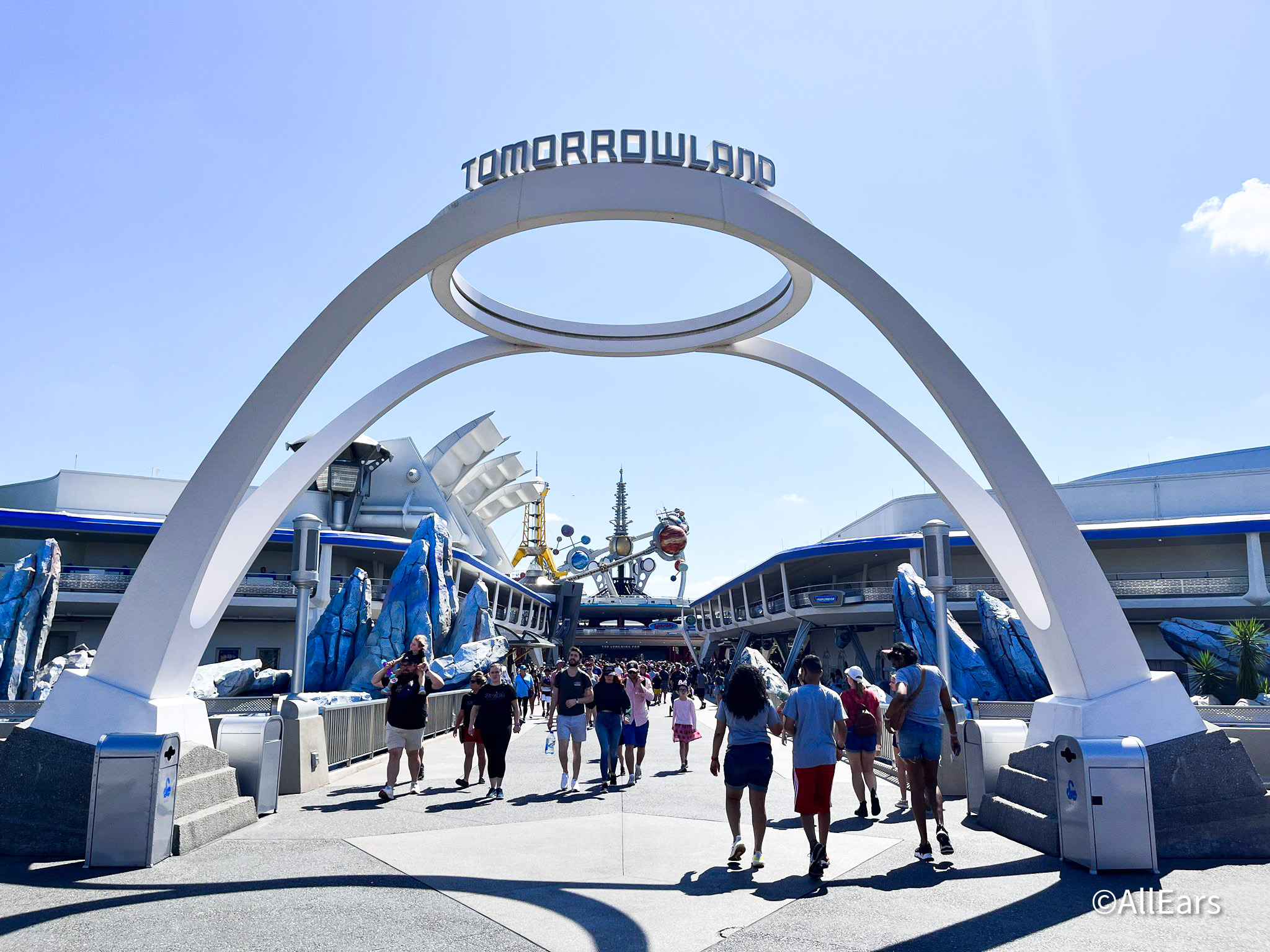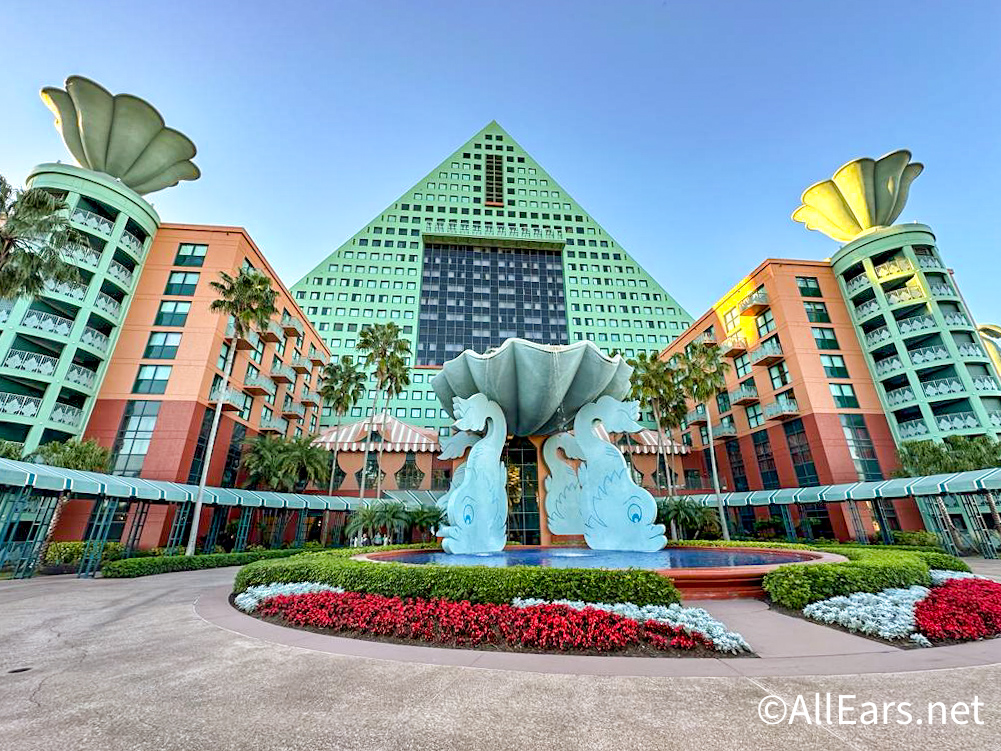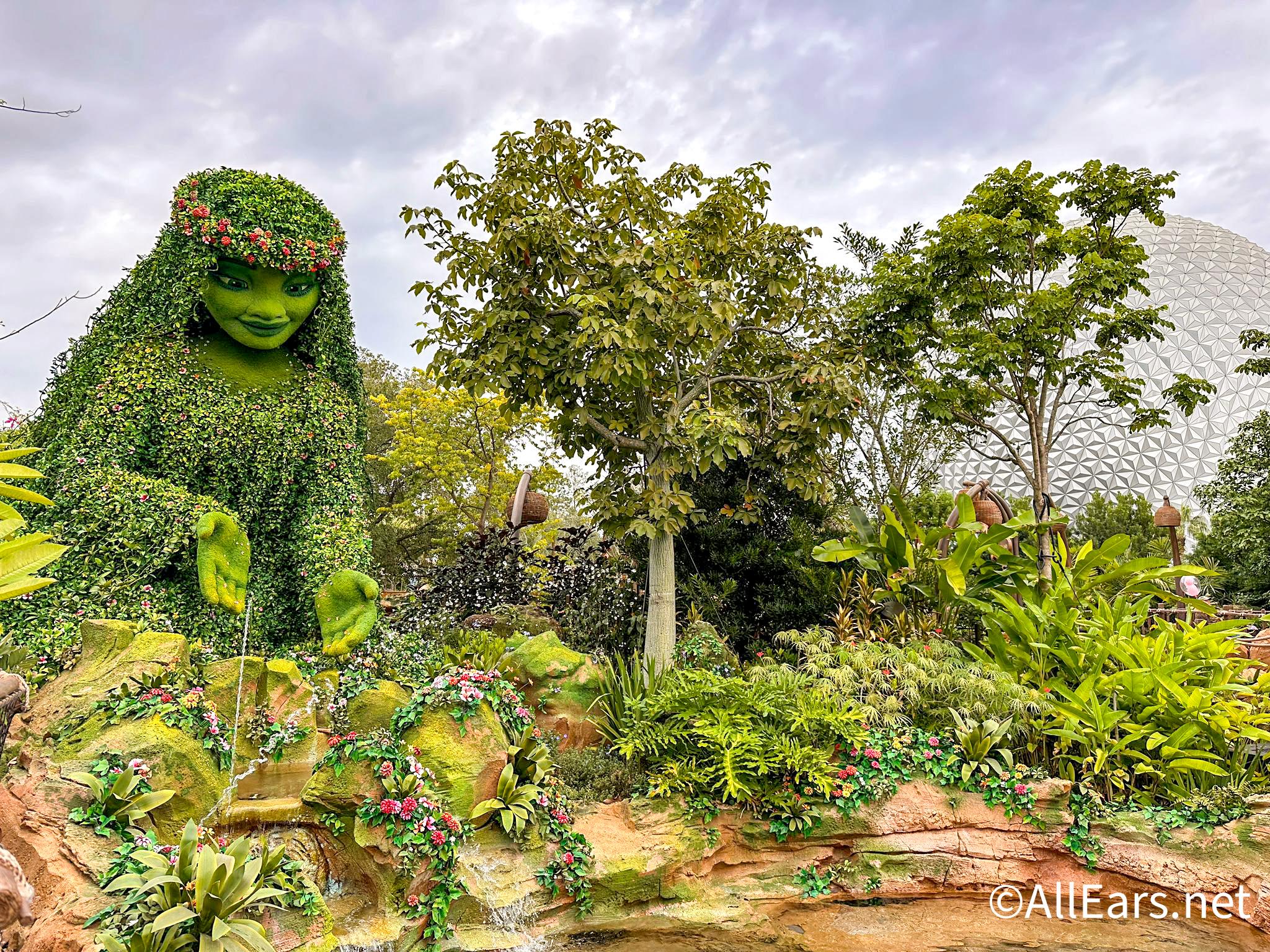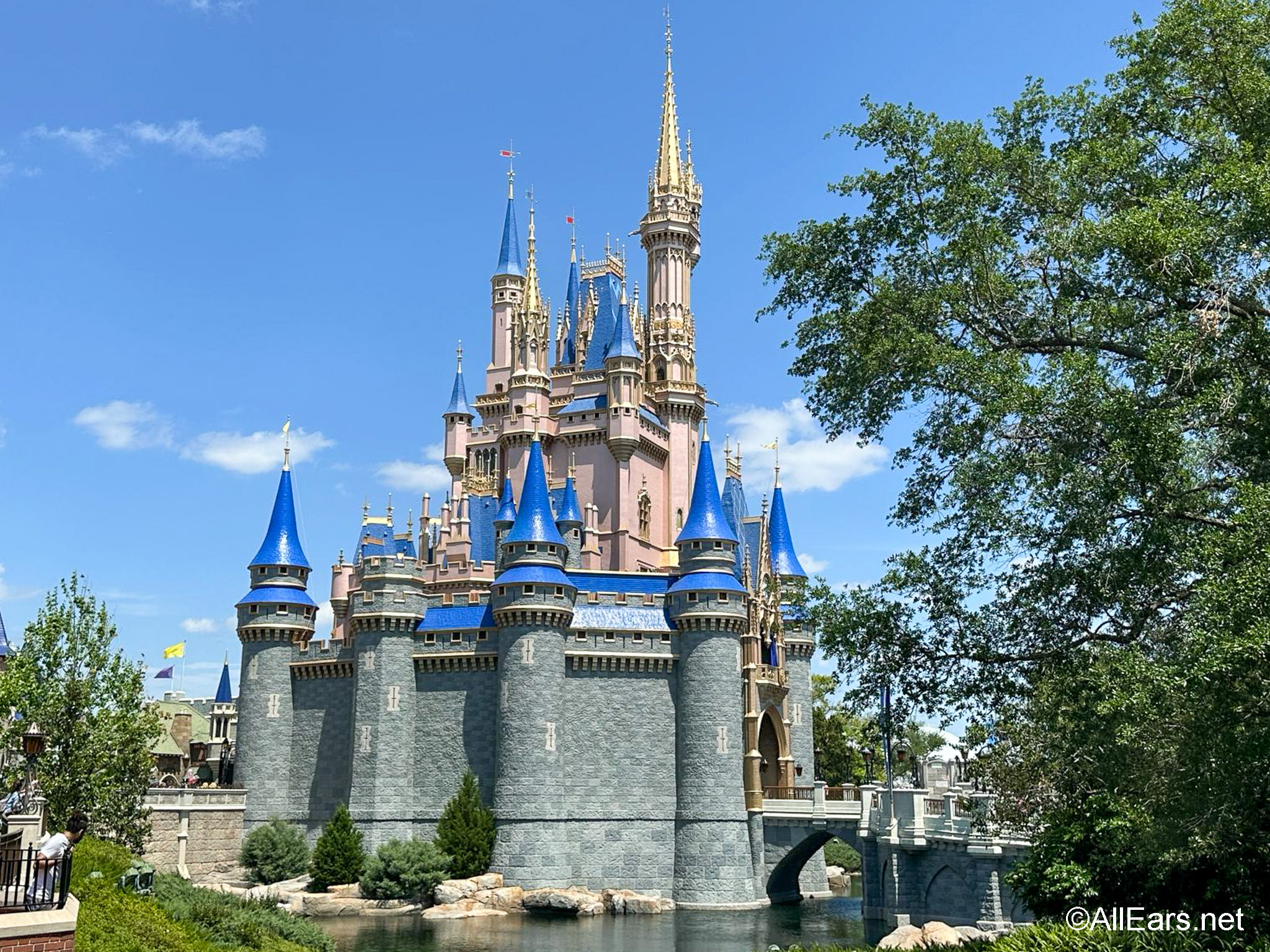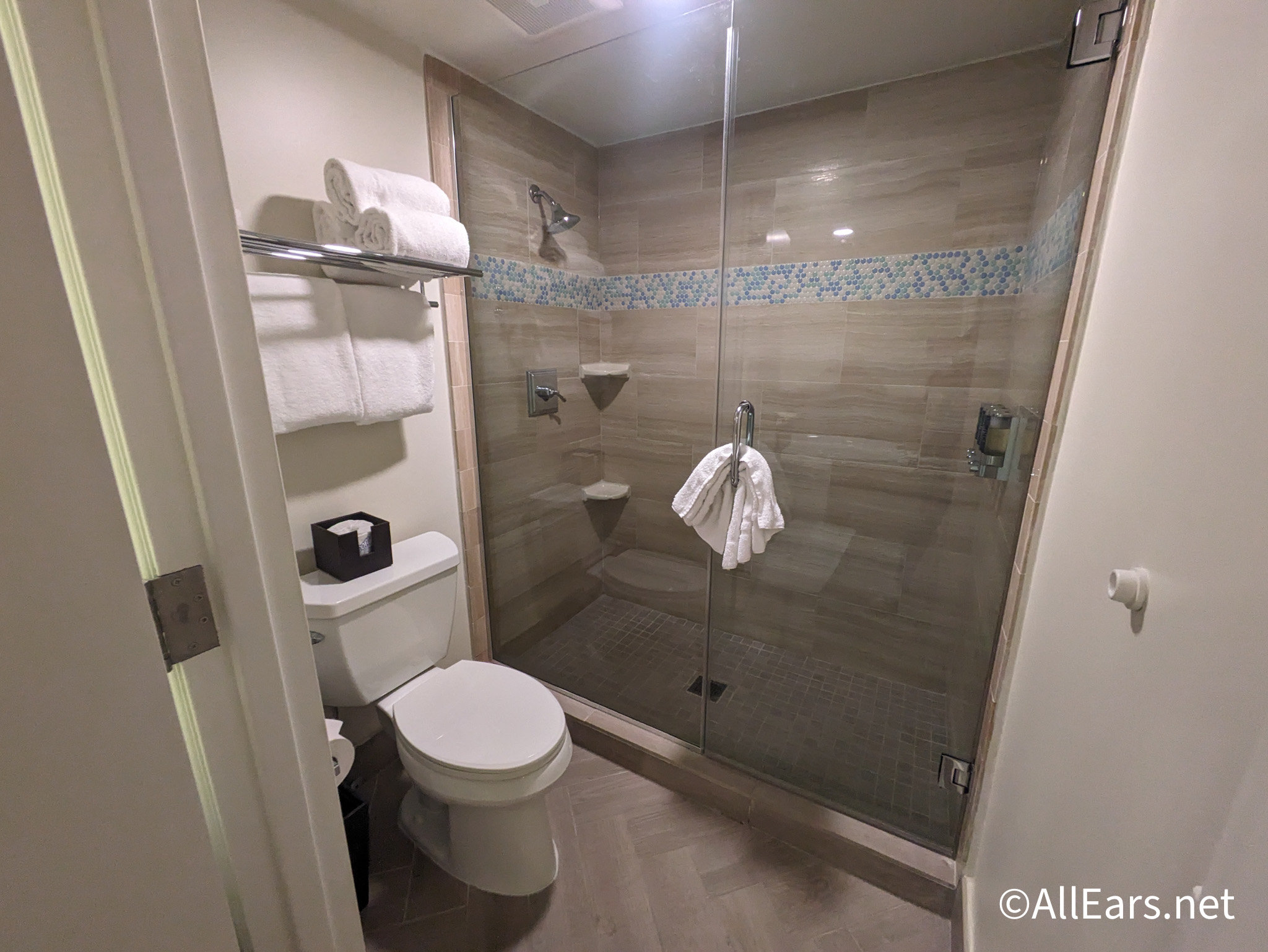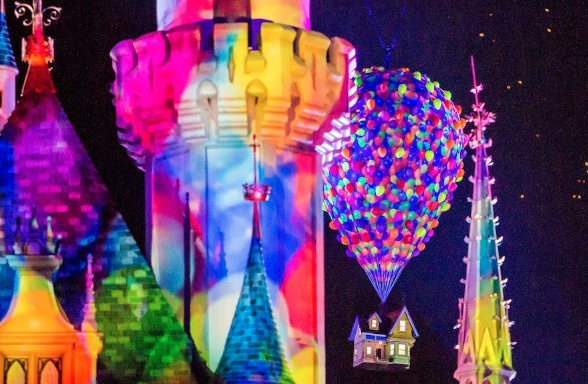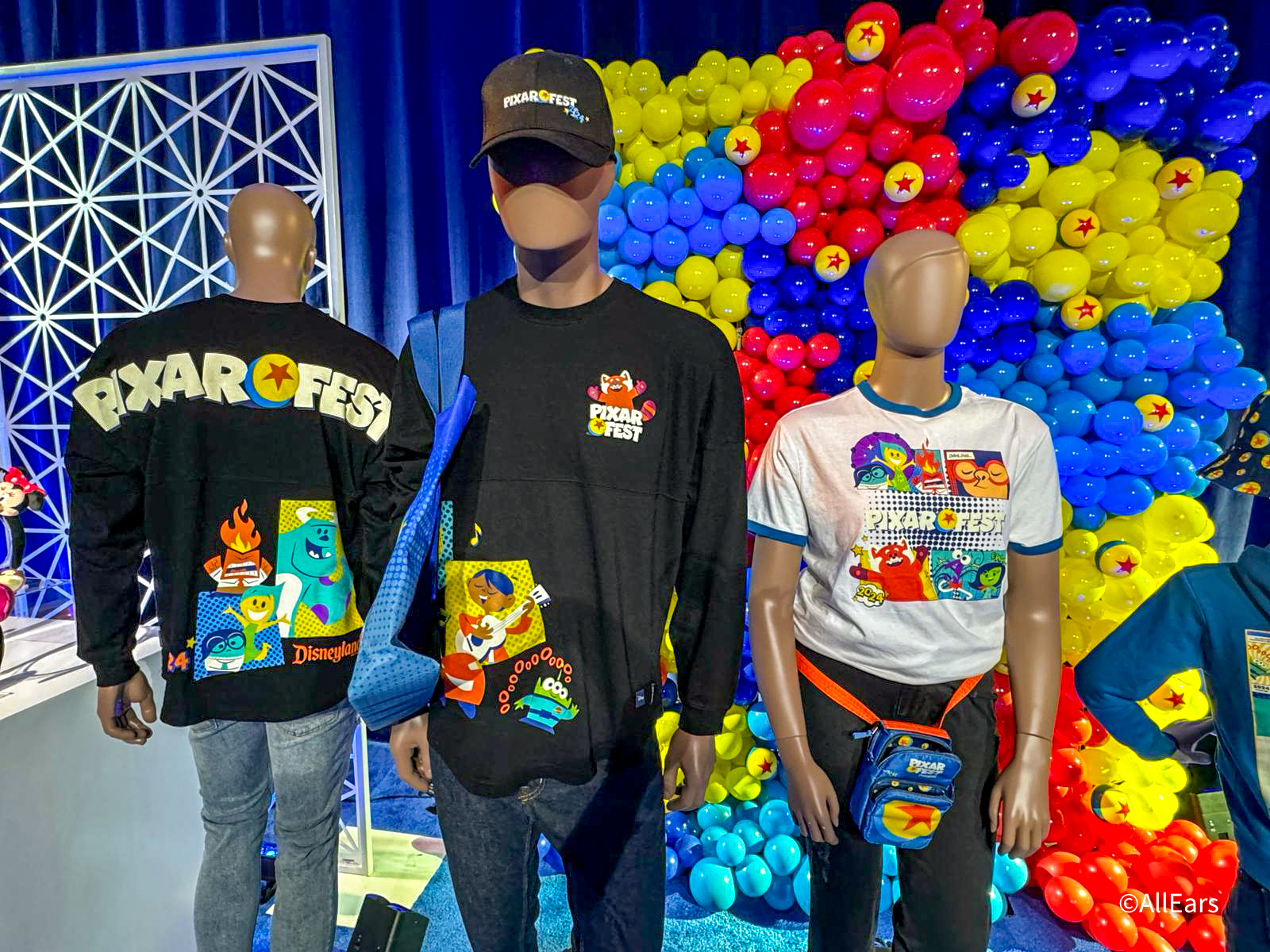Golden Age of WDW Postcards
by Brian Martsolf, ALL EARS® Guest Columnist
Feature Article
This article appeared in the November 23, 2004, Issue #270 of ALL EARS® (ISSN: 1533-0753)
Are you a person who likes to collect things? Is collecting Walt Disney World postcards for you?
I think some people are born with a collecting gene (perhaps literally) and some are not. In fact, in some folks the need to collect goes haywire. You've probably all seen someone with a yard full of stuff (old car parts, furniture, unidentifiable industrial equipment), or heard stories of folks who, when they passed away, were found to have things in their house like bags full of grocery receipts, years worth of newspapers, and other items that most of us would have let go of at some point. And even while most of us manage to let things go, we might have one category that we tend to hold onto. For many of us, perhaps these items are related to Walt Disney World.
If you are a collector, postcards have some advantages when compared to some of the other Disney collectibles. First, they take up less space than, say, a snow globe collection. They tend to change designs less often than pins even though some new cards do come out each year. The biggest advantage, I think, is that they are much less expensive! Not only does this make postcards a great collectible for folks who aren't sure if they want to take the plunge into one of the more expensive collecting fields, but it also makes them a great second collecting line for those with that collecting gene.
Even if you don't want to own a complete WDW collection, you may buy a few of these cards for other sentimental reasons. Some folks collect items related to their favorite character, and since many postcards feature characters they may pick them up for that reason. If there are people out there who focus their collecting on one park, it seems that postcards would be a natural choice for that kind of collection as well.
For those who do want a complete WDW postcard collection, there may be widely varying ways of defining "complete." Perhaps you want one each of a given image. Even if the image was issued multiple times with different numbers (or even in different sizes) over the years, you might not want more than one postcard of that given image. Others might want to collect that same card in each different stock number version in which it appeared over the years. Then there are the extremists (like me) who get to the point where they collect every variation they can find from different card numbers, different copyrights (©DISNEY, ©WALT DISNEY PRODUCTIONS, and ©THE WALT DISNEY COMPANY being just three of the more common copyrights), different logos (on the back of the card), and last (and for me this really was the last one to take hold) different ink colors (again, on the back of the card). Misprints may possibly be the variants I prize most highly and I have several — for example, cards where the card number was just printed slightly wrong or a card where the front looks good but the top printing and bottom printing on the back are in the middle of the card instead. I even have a card where the information printed on the back is actually the number and description for a different card. I even try to get a few used cards from each postcard series to help me know when the cards were sold.
When was the Golden Age of WDW postcards? Well, to determine that, first let's see what a "golden age" of postcards looks like at a Disney theme park — and the Disney theme park that has been around the longest is Disneyland. Not coincidentally, there is a wonderful book on Disneyland's postcards (one that does a great job as being a historical text for the park as well), "Disneyland: The Nickel Tour." http://www.camphortree.com/nickeltour.html
This book is illustrated with all the postcards ever produced of the park arranged in chronological order. Just flipping the book open to its center shows that all the cards in that section were printed in the early 1960s. The Novelty Cards chapter illustrates some of the great variety of postcard types released in the 1960s, like rounded corner photo cards, watercolor art cards, "squeaker" cards, various character art cards, 3-D cards in both photo and artwork varieties, and even some oddly shaped "die-cut" cards.
Those early years at Disneyland saw lots of change. Walt put every cent he could into the new park and still had much that he wanted to do! Also, that lack of funds in the early years led to rather thin landscaping as compared to what you will see at the park today. Therefore, every few years new cards were in order even for areas which had been pictured before, as over time the lush Disney landscaping moved into place.
By contrast, the Magic Kingdom at Walt Disney World had fairly complete landscaping from Day One, so there were fewer changes and updates to the postcards in the early years. In fact, into the 1980s, many of the first WDW postcards continued to be issued. There is even one postcard view from the first series of WDW photo cards that continues to be sold to this day! Any guesses what the photo is? It is a view of Cinderella Castle taken from near the Adventureland bridge, with the canal in which the Swan Boats used to ride pictured in the foreground. Also visible is the bridge crossing the canal to Liberty Square.
Also, in contrast to the early years of Disneyland, there were not as many varieties of types and sizes of Walt Disney World postcards. This reflects, in part, on how much the role of postcards had been reduced at Disneyland since their heyday in the early 1960s. Through most of the 1970s, neither Disneyland nor Walt Disney World had a great variety of postcards.
The first series of cards featuring art (with the exception of the pre-opening art cards, of course) didn't come out until 1979. These "cartoon cards" featured drawings of the different characters at various settings around the Magic Kingdom on 5" x 7" cards with rounded corners. Since these cards have been available for many years, perhaps some of the scenes pictured on them will sound familiar: Snow White and the Dwarfs in the center street flower market (just off Main Street U.S.A.); Donald, Goofy and Mickey in the cars of the Tomorrowland Speedway with Space Mountain in the background; or how about Mickey and his nephews peeking into the entrance of Injun Joe's Cave on Tom Sawyer Island?
The "cartoon cards" were popular enough that the whole set was eventually printed at Disneyland even though there are a few places on the cards where you can see that the attractions pictured are clearly the Florida versions. A good example of this is the card featuring the characters on the Tomorrowland Speedway, since Disneyland's Autopia cars never featured the "racing stripe" paint scheme the Florida cars sport.
Not only was that particular series popular, but that style of card (5" x 7" cards with rounded corners) has continued to be used for various art cards at all of the parks. These feature not only the cartoony pictures of Mickey and his pals and Pooh and friends, but also characters created for Epcot such as Figment and the cast of Kitchen Cabaret. More recently, these cards have been used to feature images closer to fine art than cartoon art, such as artist Clive Cay's impressions of Animal Kingdom and an artful rendition of that very large hat over at the Disney-MGM Studios.
Throughout the 1980s and 1990s, as WDW expanded, the range of subjects featured on the postcards expanded with each new theme park, resort hotel, water park, and even the Marketplace.
More and more often, to herald new openings, the new postcards used special features to shine a spotlight even brighter on the things featured on the cards. These special features included foil cards, like those heralding the opening of Fantasmic!, Who Wants to be a Millionaire – Play It!, and most recently Stitch's Great Escape. Some new rides got oversized postcards, like Buzz Lightyear's Space Ranger Spin and Mission: Space. Countdown to Extinction (now Dinosaur) actually had a couple of large postcards that also came out in a lenticular (flasher) version. These showed Mickey cowering in front of a carnotaurus, which then appeared to burst forward toward him when the card was flipped back and forth to look at its motion. These new features allowed WDW to charge more for the cards, but for a postcard collector it was still well worth it.
Most of the resorts seem to have used one type of postcard, the 5" x 7" photo cards (with square corners). A few of the deluxe resorts went a step further and issued 5" x 7" cards with pen and ink style artwork. These actually are some of the most expensive postcards I have purchased — though still only about half of what a pin would cost.
Not only are Walt Disney World resorts featured on cards sold in their respective gift shops, but they are also featured on cards that are given away upon check-in to guests staying at those resorts. You could consider these the least expensive (free) or most expensive (cost of a night's stay) postcards Walt Disney World produces.
As the 1990s continued, new types of postcards emerged. The shiny foil cards started to appear, first featuring character art, then being used to herald new openings and reopenings. Tomorrowland's "The future that never was is finally here" postcard is a particular favorite foil card of mine.
The Disney-MGM Studios has used foil cards more than the other parks — Fantasmic!, the Twilight Zone Tower of Terror, Who Wants to be a Millionaire – Play it!, and the "big hat" to name a few. One recent foil card shows off another trend that started in the mid- to late 1990s — the die-cut postcard. These cards can come in any shape, and some of the first of this line were done in the shape of the characters they featured — Mickey, Minnie, Pooh and Tigger. A more recent card that is both a foil and a die-cut is titled "The Circle of Life," and appropriately enough is a round card featuring scenes from the Lion King.
Popular subjects tend to be featured on postcards again and again. Cinderella Castle has appeared on many cards over the years, as have Spaceship Earth and the Tree of Life. The Tower of Terror has been featured on several of the Studios' postcards, including a puzzle postcard. Mission: Space had more than one postcard at the time of its opening and at least one of the cards featuring it is a Jumbo, hearkening back to those giant postcards of Disneyland's early years.
And when something new becomes popular, a postcard can be issued in that vein, too. When one of the most popular items at the Once Upon a Toy store at Downtown Disney's Marketplace proved to be Mr. Potato Head along with his unique WDW accessories, could a Mr. Potato Head postcard be far behind? Well, it wasn't, and it stays true to the spirit of that original spud by being a customizable postcard with a sticker sheet full of accessories to add to the potato head for his photo opportunity in front of Cinderella Castle.
Space Mountain, long a popular WDW attraction, had a particularly thick postcard with a sound chip embedded in it. When you push on the "press here" you get an audio complement to your postcard — "5,4,3,2,1, (rumbling sound)."
Not only have oversized, foil, art, and die-cut postcards become WDW staples, alongside the familiar 4" x 6" "continental size" photos of WDW, but also lenticular or "flasher" cards (cards where some of the characters can appear to move or appear and disappear as you turn the card back and forth) have appeared. This technique often gives the cards a 3-D effect.
These aren't the only types of new cards to have debuted in the past decades. The Art of Disney stores have featured many WDW art cards over the years, from scenes straight from the Disney movies to designs done specifically for the Walt Disney World Resort (often commemorating the special celebrations that go on at the park). A recent WDW pin event featured several new postcards with pins attached. Of course, a pin collector might say that the event featured pins with postcards attached.
Although WDW started with relatively few types of postcards, in recent years it has exploded. Postcards now are available in a profusion of types and sizes. This expansion accelerated in the 1990s and is in its full bloom today.
So, in case you were wondering, the Golden Age of Walt Disney World postcards is now!
= = = = = = = = = = = == = = =
Brian has been collecting Disneyland postcards since the 1980s. When he first visited WDW it seemed natural to start collecting those, too. In 1998 he picked up the pace and by his year 2000 trip he realized this would be "the" Disney collectible he would focus on. He has thousands of Walt Disney World postcards, and almost as many of Disneyland, with much smaller quantities of EuroDisney/Disneyland Paris and Tokyo Disneyland cards. For more information, read Brian's article, "How I Started Collecting Postcards," on his website: http://www.bigbrian-nc.com/wdw-pc34.htm
Read other articles Brian has written for ALL EARS® here: http://allears.net/btp/brianm.htm
-o-o-o-o-o-o-o-o-o-o-o-
Editor's Note: This story/information was accurate when it was published. Please be sure to confirm all current rates, information and other details before planning your trip.


